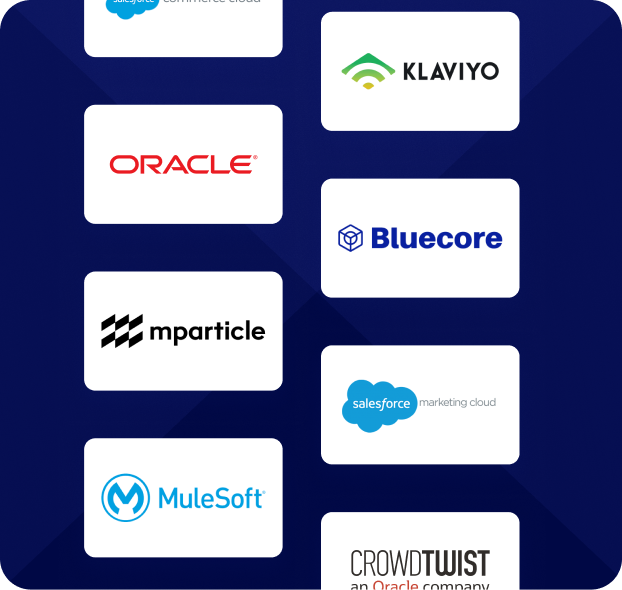Real World Interactivity Part 4: Fortune Cookies
Part 4 in our series on interactivity in the real world. Learn why fortune cookies have become an enduring staple of American culture!
When you think of eating Chinese food, what comes to mind? Maybe your favorite dish or that one spicy sauce pops into your head. There’s at least one other thing we’re willing to bet you associate with Chinese food – The fortune cookie!
The fortune cookie is such a prime example of real-world interactive marketing that it’s invention is widely contested, with many creators claiming ownership. There was even a mock trial held in San Francisco to determine the true patent holder! So why are people so eager to claim the fortune cookie? For one reason: this highly popular treat is a brilliant piece of interactive marketing that builds the customer’s curiosity and creates the opportunity for operant conditioning of the consumer.

What truly makes the fortune cookie so effective is the message contained within. By concealing a message inside the cookie, the customer is encouraged to interact with the food, breaking apart the cookie to satiate their curiosity and reveal the paper within. This is such an effective method of conveying information because humans are naturally curious. What’s even better is that studies have proven that areas of the brain related to memory are activated when curiosity is satiated. That means whatever message you serve up at the end of a campaign that utilized curiosity will be remembered by the consumer.
While the fortune cookie is a great example of this marketing principle in the real world, the same idea can be transferred to a digital campaign as well. Interactive platforms like Zembula can help you create reveal marketing messages based on interactive content that function on the same principles as the fortune cookie to help boost conversions!
How else does the fortune cookie exemplify good marketing? Well, it utilizes another key marketing principle that furthers its viral popularity. Fortune cookies contain messages that are highly shareable. How many times have you seen a photo of a friends fortune cookie on Instagram, or watched them open one on Snapchat? Crafting marketing messages and experiences that encourage your user to share their interaction on social media gains you an organic audience through the consumer’s social network.
You can keep this principle in mind when designing your next campaign, whether it’s a real world or digital campaign. Social media shares help create brand loyalty and improve brand recognition by fostering a reciprocal relationship with the customer on their news feed.
Finally, fortune cookies are so successful because they rely on yet another marketing tactic for their effectivity – operant conditioning. Now when you hear those words you probably think something more along the lines of Pavlov’s dogs and less in the terms of fortune cookies, but operant conditioning is actually most effective when positive reinforcements are used. Fortune cookies train the consumer to expect a message once the cookie is opened. They also serve as a tradition of eating Chinese food and therefore establish a memory connection for the hungry customer. Both of these positive effects train the consumer to interact with the fortune cookie again and again in order to achieve the desired results.
Online campaigns can take a leaf from the fortune cookies book and use consistent triggers and rewards to create campaign loyalty in their customers. A successful operant conditioning campaign will encourage the user to interact with your other materials in the future, expecting an amazing reward for doing so. When you come up with your next digital campaign, don’t forget to include principles of real-world interactive marketing in order to ensure the boost to conversions and brand loyalty you’re looking for. Check out the other articles in our series on real-world interactivity to learn more about scratch and sniffs, lottery tickets, and album covers.
Grow your business and total sales





